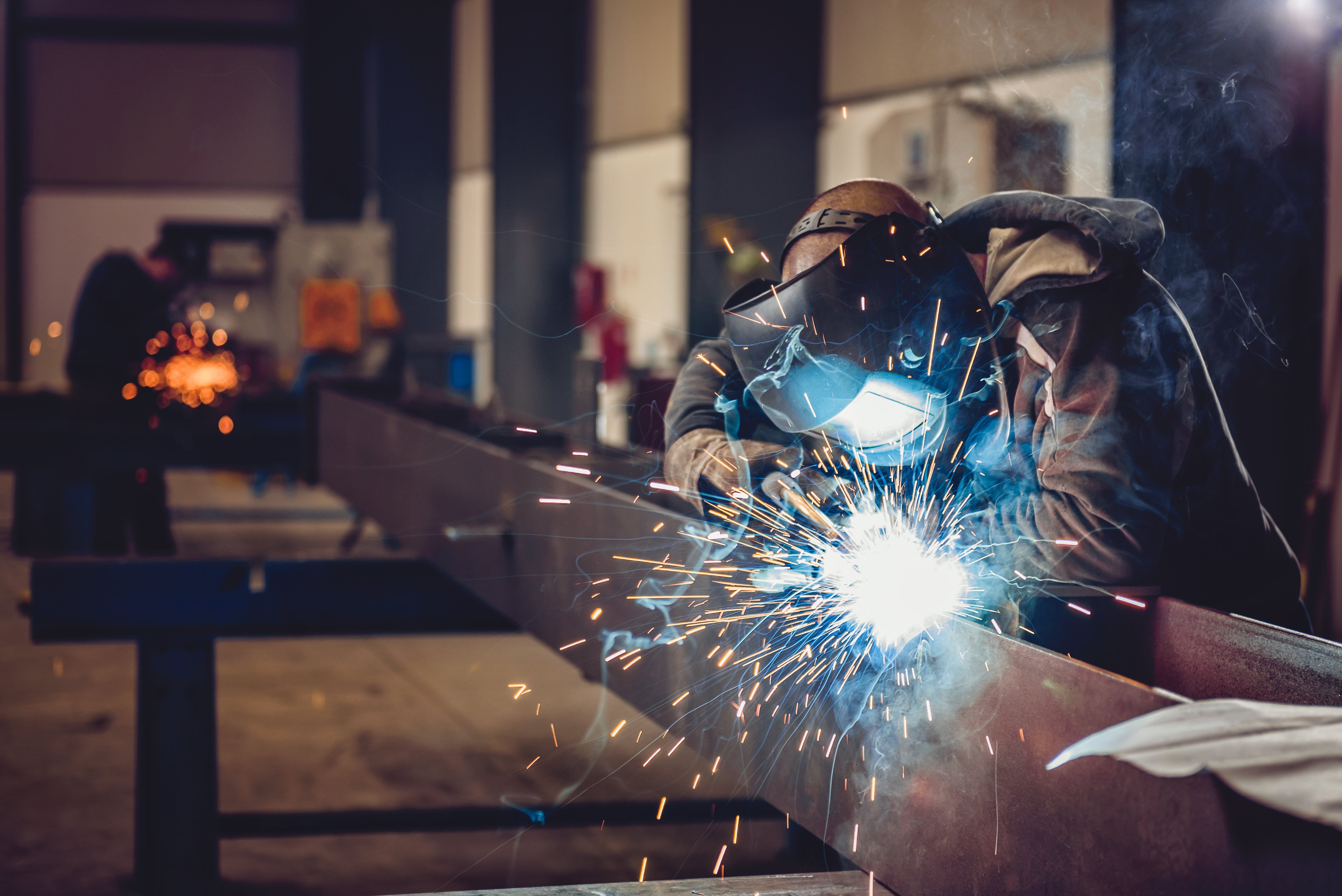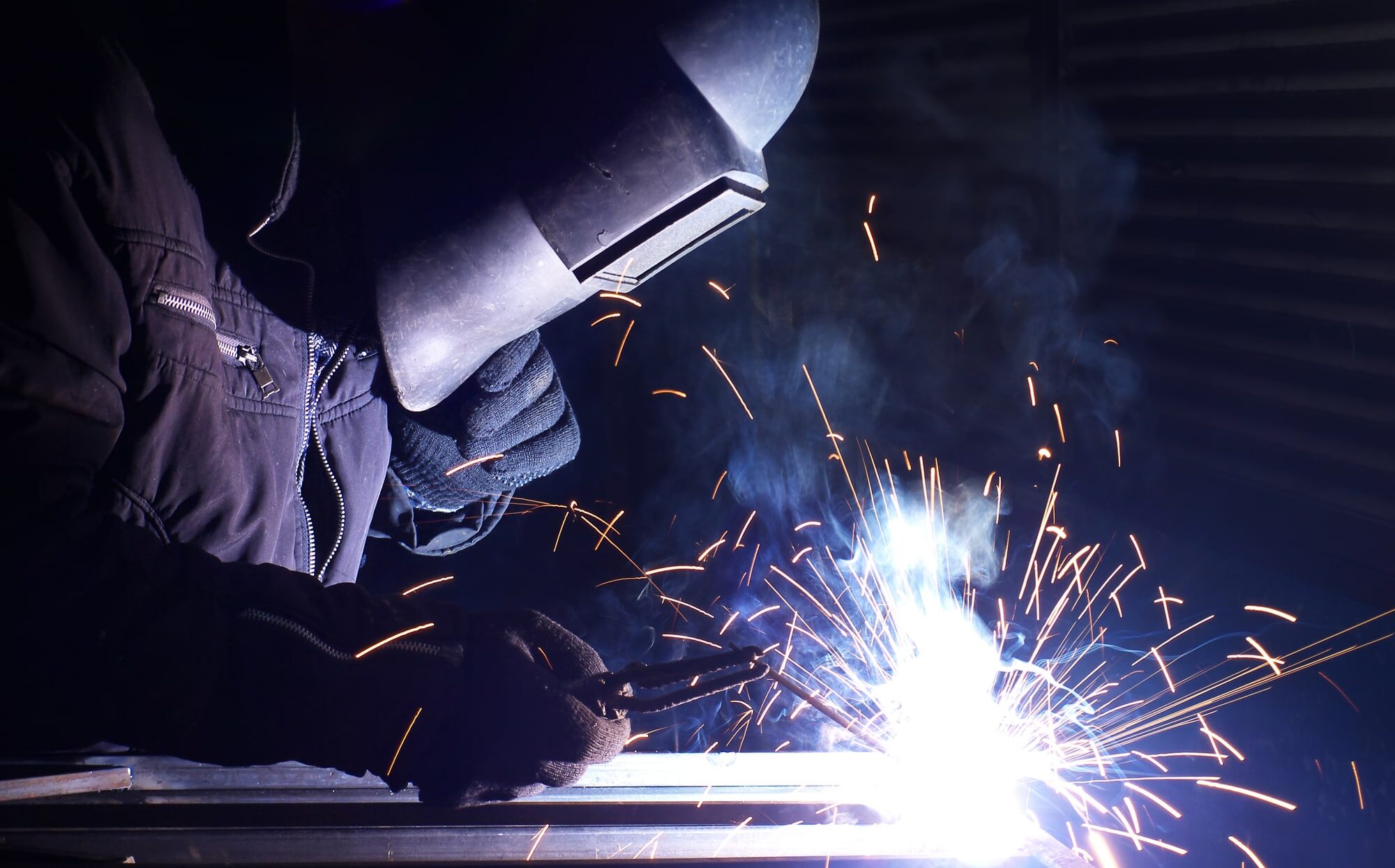All Regarding Welding: Trick Insights Into Techniques and Best Practices for Success
Welding encompasses a variety of strategies, each suited for specific materials and applications. Recognizing these approaches, such as GMAW, SMAW, and TIG, is necessary for achieving suitable results. The appropriate devices and safety methods can not be ignored. As preparation and fixing play essential functions in the welding procedure, grasping these elements can significantly boost the quality of the end product. What are the crucial elements that guarantee a successful weld?
Understanding Various Welding Techniques
Welding techniques incorporate a selection of methods, each suited to certain applications and materials. Among the most usual strategies are Gas Metal Arc Welding (GMAW), Protected Steel Arc Welding (SMAW), and Tungsten Inert Gas Welding (TIG) GMAW, also referred to as MIG welding, is preferred for its speed and convenience, making it perfect for thin products. SMAW, or stick welding, is favored for its simpleness and performance in outdoor environments, specifically with thicker steels. TIG welding uses accuracy and control, making it ideal for intricate job and non-ferrous metals (Belgrade Welding). Each method has its unique advantages and factors to consider, permitting welders to pick the most effective technique based on the project's needs, material type, and desired results. Recognizing these methods is necessary for successful welding
Essential Welding Equipment and Tools
While various welding strategies call for details abilities, the ideal devices and tools are just as necessary for achieving top quality results. Necessary welding tools consists of welding equipments, which vary depending on the strategy-- such as MIG, TIG, or stick welding. Protective gear, including handwear covers, aprons, and helmets, assurances safety and security and comfort throughout the process. Additionally, clamps and fixtures help safeguard materials in position, making sure accuracy in welds. Consumables like welding rods, cable, and shielding gas are additionally important parts that influence the high quality of the weld. Furthermore, tools such as mills and cutters help with surface prep work and post-weld finishing, adding to a professional outcome. Investing in top notch equipment ultimately improves the performance and efficiency of welding projects.
Security Practices in Welding
Proper security methods are important in the welding market to shield workers from possible dangers. Welders should wear ideal personal protective equipment (PPE), including helmets with appropriate shading, handwear covers, and flame-resistant apparel. Adequate ventilation is vital to decrease exposure to dangerous fumes and gases produced during the welding process. In addition, workers must be educated in the right handling of welding tools to avoid mishaps. Fire precaution, such as maintaining combustible products far from the welding area and having fire extinguishers readily offered, are needed. Regular examinations of equipment and work areas can help determine potential risks before they bring about mishaps. By sticking to these safety and security techniques, welders can create a more secure working environment and lessen risks related to their profession.
Readying Materials for Welding
Preparing materials for welding is an important step that considerably affects the high quality and integrity of the end product (Belgrade Welding). Appropriate prep work includes cleaning the surfaces to get rid of impurities such as rust, dirt, and oil, which can jeopardize the weld. Methods such as grinding, fining sand, or making use of solvents are typically employed to attain a clean surface area. In addition, guaranteeing that the products mesh comfortably is essential; voids can cause weak welds. It's additionally crucial to take right into account the alignment and positioning of the elements, as this will impact the simplicity of welding and the last end result. Lastly, picking the appropriate filler material and ensuring compatibility with the base steels is essential for attaining solid, long lasting welds
Tips for Getting High-Quality Welds
Achieving top quality welds needs focus to detail and adherence to ideal methods throughout the welding process. Correct joint prep work is vital, ensuring surfaces are free and clean from pollutants. Choosing the appropriate filler material and welding method based upon the base steels is important for optimal bonding. Keeping constant traveling rate and angle while welding can avoid flaws and promote harmony. Furthermore, managing heat input is crucial; extreme warm can bring about warping and weakened joints. If essential, frequently examining the welds throughout the process permits for immediate modifications. Ultimately, using appropriate post-weld therapies, our website such as cleaning and tension relief, can enhance the durability and stability of the weld, eventually guaranteeing a successful end result.
Repairing Usual Welding Issues
Welding commonly presents difficulties that can impact the top quality and stability of the end product. Common problems such as porosity, inconsistent weld grains, and overheating can emerge, each calling for particular fixing techniques. Understanding these issues is vital for welders to improve their abilities and attain ideal results.
Porosity Troubles Clarified
Porosity can frequently be forgotten, it remains an essential issue in welding that can jeopardize the honesty of an ended up item. Porosity refers to the existence of little gas pockets within the weld bead, which can lead and weaken the joint to premature failure. This trouble typically occurs from pollutants, dampness, or inappropriate shielding gas coverage throughout the welding process. To mitigate porosity, welders need to validate that the base products are completely dry and clean, utilize proper shielding gases, and keep constant welding parameters. Frequently evaluating the devices and setting can likewise aid recognize possible concerns prior to they show up in the weld. Resolving porosity properly is vital for accomplishing solid, sturdy welds that fulfill quality requirements.

Irregular Weld Beads
Inconsistent weld beads can greatly affect the high quality and strength of a completed item. Various aspects contribute to this issue, consisting of incorrect travel speed, incorrect amperage setups, and irregular electrode angles. When the welder relocates as well promptly, a grain might show up narrow and do not have penetration, while moving also gradually can cause extreme buildup. Furthermore, making use of the wrong amperage can lead to either undercutting or extreme spatter, both of which compromise weld integrity. The welder's strategy, such as inconsistent torch movement, can likewise bring about irregular bead appearance. To alleviate these problems, welders need to concentrate on keeping constant, controlled activities and guaranteeing appropriate devices setups to attain uniformity in their welds. Consistency is key to accomplishing solid and dependable welds.
Overheating and Warping Issues
Too much warmth during the welding procedure can lead to substantial overheating and warping concerns, affecting the architectural honesty of the work surface. These problems usually show up as distortion, which can jeopardize alignment and fit-up, making additional setting up challenging. Elements contributing to overheating include the option of welding specifications, such as voltage and take a trip speed, in addition to the sort of material being bonded. To mitigate these problems, welders need to keep consistent traveling speed and suitable warmth input while keeping an eye on the workpiece temperature level. In addition, preheating or post-weld heat therapy can help reduce tensions triggered by rapid air conditioning - Montana Mobile Welding and Repair Belgrade Fabrication. Normal assessment and adherence to ideal practices are vital in stopping overheating and making certain the long life and reliability of welded frameworks
Often Asked Concerns
What Are the Job Opportunities in the Welding Industry?
The welding sector uses varied career opportunities, including settings as welders, instructors, inspectors, and designers. Professionals can function in manufacturing, building, aerospace, and vehicle industries, gaining from solid need and competitive salaries in different functions.
Just How Can I Improve My Welding Speed Without Giving Up Quality?
To improve welding rate without compromising quality, one must exercise effective methods, preserve devices, enhance setups, and boost hand-eye coordination. Routine training and seeking responses can also considerably add to accomplishing faster, top notch welds.
What Certifications Are Available for Welders?
Numerous certifications exist for welders, including those from the American Welding Culture (AWS), the National Center for Building And Construction Education and Research Study (NCCER), and various industry-specific companies. These credentials boost employability and show ability efficiency.
Exactly How Does Welding Affect the Qualities of Metals?
Welding influences Recommended Reading the residential properties click resources of steels by modifying their microstructure, which can lead to changes in solidity, stamina, and ductility. Warm input and air conditioning rates throughout the process significantly affect these material features.
Can I Weld Dissimilar Metals With Each Other?
